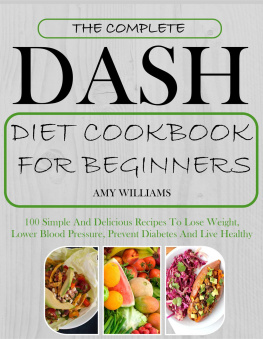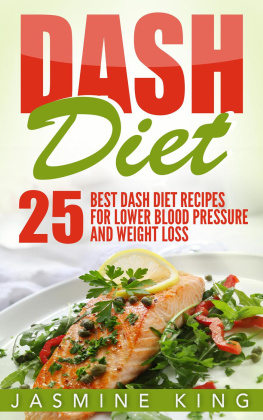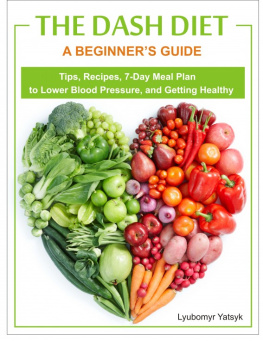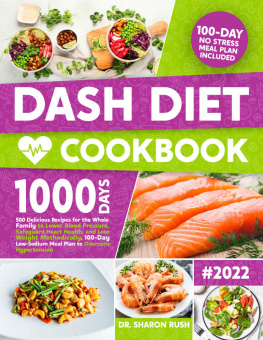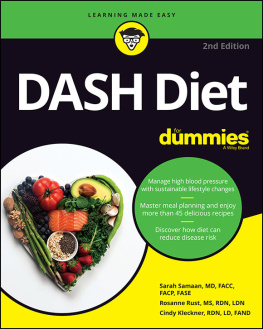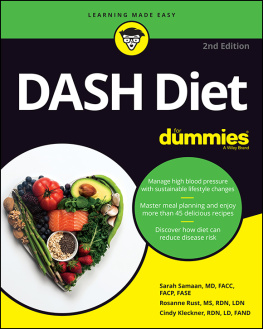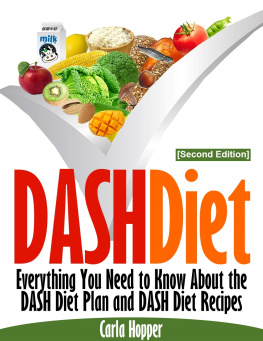The DASH diet leans heavily on vegetables, fruits, and whole grains. Fish and lean poultry are served moderately. Whole wheat flour is used instead of white flour. Using salt is discouraged.
Instead, participants are encouraged to season foods with spices and herbs to add flavor without adding salt. DASH as a diet plan promotes the consumption of low-fat dairy, lean meat, fruits, and vegetables. It is literally a mix of old world and new world eating plans. It has been designed to follow old world diet principles to help eliminate new world health problems. The carbohydrates are mainly made of plant fiber which the body does not easily digest and therefore cannot turn into stored fat. The plan is rich in good fats that make food taste good and help us feel fuller for a longer period of time.
Proteins are not forbidden but are geared more toward plant-based protein and not so much meat consumption. When filling the plate for a meal, it is important that the food be attractive as well as tasty and nutritious. A wide variety of foods will make this plan much more interesting. Try to make choices that will offer a range of colors and textures. And remember that dessert is not off limits but should be based around healthy choices that include fresh fruit. The DASH eating plans emphasis on vegetables, fruits, whole grains, and low-fat dairy products makes it an ideal plan for anyone looking to gain health through lowered blood pressure and a healthier heart.
It is a heart healthy way of eating. The DASH plan has no specialized recipes or food plans. Daily caloric intake depends on a persons activity level and age. People who need to lose weight would naturally eat fewer calories. The DASH diet's major focus is on grains, vegetables, and fruits because these foods are higher fiber foods and will make you feel full longer. Whole grains should be consumed six to eight times daily, vegetables four to six servings daily, and fruit four to five servings daily.
Low-fat dairy is an important part of the diet and should be eaten two to three times daily.And there should be six or fewer servings daily of fish, poultry, and lean meat. The DASH diet does not limit red meat the way the Mediterranean diet does, but it still keeps it lean.
Chapter 1. Dash Diet
What is DASH? The DASH diet was developed to treat high blood pressure using natural methods. This isnt going to work for all people, some people simply need medications because of family history/genetic reasons. However, its going to have some impact and might prevent you from developing high blood pressure and for those who already have it, it may reduce their blood pressure and reduce the need for medications.
The main principle behind the DASH diet is focusing on sodium. Dietary factors have a large influence on blood pressure (as does obesity). Specifically, there are a few minerals that influence fluid levels and the relaxation or contraction of your blood vessels. These are: Sodium found in table salt and MSG, and also a natural part of nearly every food including meats. Sodium causes fluid retention and promotes blood vessel contraction. Potassium found in leafy green vegetables, nuts, and avocados, and in lesser amounts in meats.
Potassium discourages fluid retention and promotes blood vessel relaxation. Also found in high quantities in many fruits like oranges, apples, and bananas. Magnesium found in nuts, vegetables, and avocados. Magnesium helps relax the heart and blood vessels and stabilizes heart rhythms, and promotes regular digestion. Calcium found in dairy products and leafy green vegetables. Helps promote blood vessel relaxation.
Most people are also aware that adequate calcium intake is necessary for strong bones and warding off osteoporosis. The fact is your body needs all these minerals. So its not fair to think of salt as bad, without adequate salt you would die. The problem is Americans consume way too much salt. Its estimated that a reasonable daily intake of sodium is about 2,400 mg per day. The average American consumes about 3,500 mg per day.
Many if not most Americans are also deficient in potassium and magnesium. What this means is that people are out of balance when it comes to the minerals they need to keep their cardiovascular system operating in an optimal fashion. The strategy behind the DASH diet is to bring nutrition into a balance, and so help with blood pressure. Lets quickly understand how blood pressure works. Pressure and a pump of some kind is necessary to distribute fluids. If you have a given amount of water and force it through a narrow pipe, the pressure will be higher than if you pump the same amount of water through a larger pipe.
Your heart and circulatory system work the same way, with your heart acting as the pump and your arteries playing the role of the pipes in the water system. However, unlike most pipes constructed to transport water, your blood vessels are flexible and can tighten or relax. When they tighten, your blood pressure goes up. Blood pressure is measured in millimeters of mercury, or mm Hg, because historically pressures were measured by seeing how much pressure raised a column of mercury in a narrow glass tube as it was increased. BP or Blood Pressure is a ratio between systolic/diastolic blood pressure. Systolic blood pressure tells you what the pressure in your arteries is when the heart pumps (when it's forcing blood into the arteries).
Diastolic blood pressure tells you what the pressure is when the heart is relaxed (so no new blood is being forced into the arteries). Most doctors consider 120/80 or lower to be a healthy blood pressure. This can cause a lot of problems. It weakens and stiffens the arteries, which can cause them to burst over time. It also damages them in such a way that makes the buildup of arterial plaque more likely, raising the chances of heart disease (and a reason why having high blood pressure and high LDL cholesterol sets up a dangerous situation). Excess potassium, calcium, or magnesium can disrupt the circulatory system as well, causing heart rhythm disturbances.
If they get bad enough, it can even be life-threatening. If youre not a health scientist, you dont need to know the nitty-gritty details. Just remember that: Excess salt means higher blood pressure. Salt (sodium) is not evil you need salt as much as you need many other nutrients but at the right amount. Our food industry has gone overboard with salt. Its a cheap, easy way to flavor food.
But theyve created a situation where there is excess salt in the diets of most people. Excess potassium, calcium or magnesium can cause problems too. However, this isnt a problem for most people, since most Americans actually have deficiencies in these minerals. Balance is what were after for health you need to balance sodium, potassium, magnesium, and calcium. Now that we know the rationale behind the DASH diet, lets look at the actual content of the DASH diet. The DASH diet consists of the following rules, based on a typical 2,000 calorie per day diet: Eat large amounts of fruits and vegetables, 8-10 servings per day.
Typically you should consume 4-5 servings of fruit and vegetables. When consuming whole fruit, one medium fruit (an apple, orange, kiwi, etc.) is a single serving. On a per cup basis, the cup is a serving. This rule applies for fresh, canned, dried, or frozen fruit. For fruit juice, since the fiber has been removed and there is relatively higher sugar content, of a cup constitutes one serving. For vegetables, a half cup of most vegetables is a serving but for lettuce 1 cup is allowed.
Whole grains eat 7-8 servings per day. Consumption of simple or refined carbs is not allowed, so no white flour or white rice. Look for the phrase whole grain on the label of any bread, pasta, or cereal. Serving size is a cup and for bread 1 slice. Dairy 2-3 servings per day. The DASH diet recommends low-fat dairy products in moderation.



